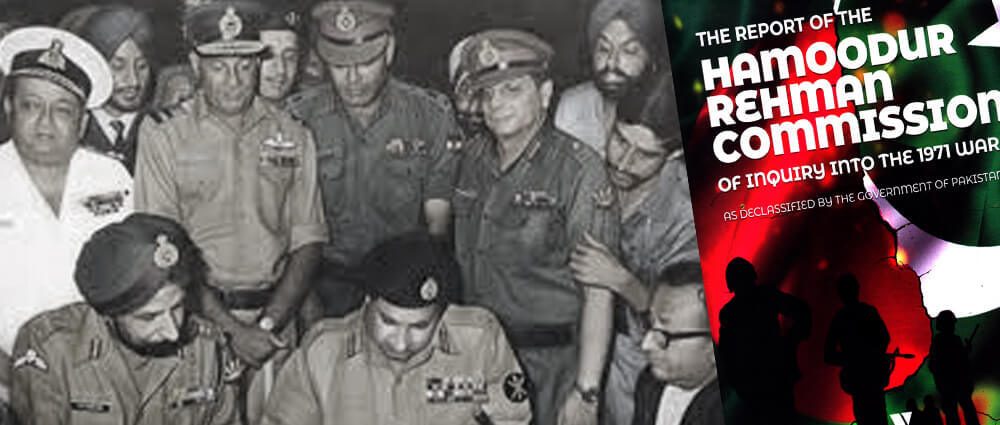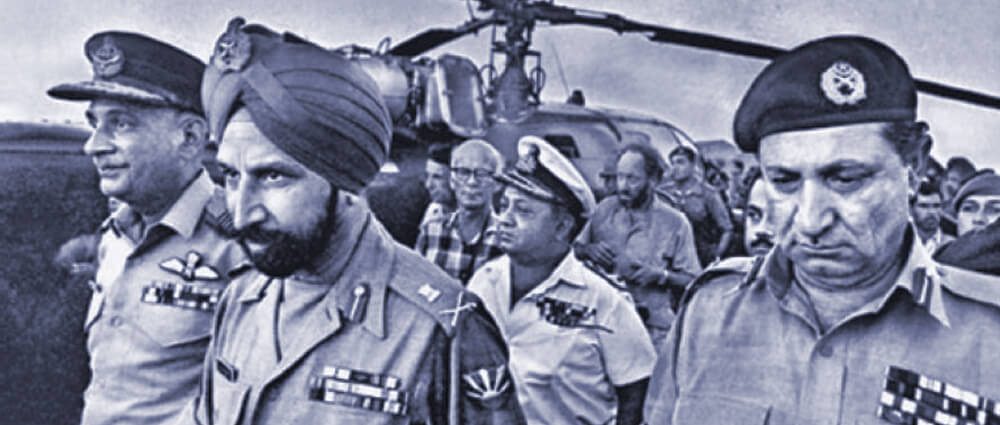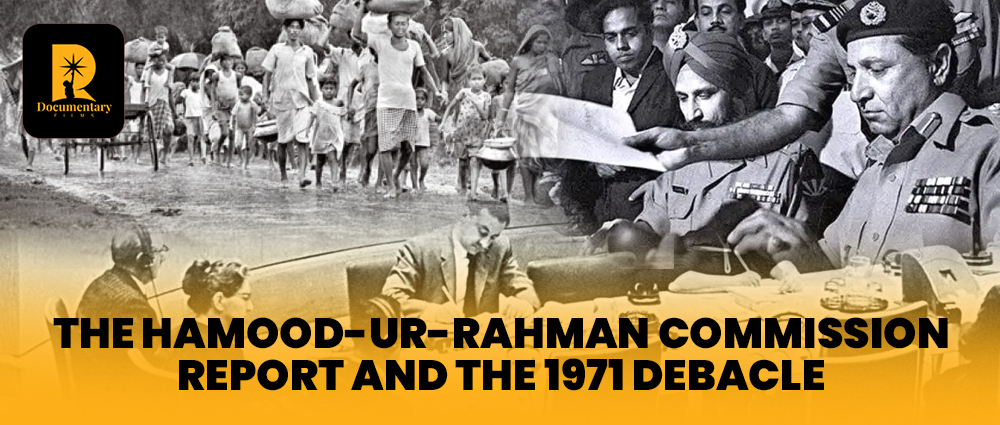As we go back in time and reread the South Asian history, few events are as transformative and haunting as the dismemberment of Pakistan in 1971, leading to the creation of Bangladesh. Amidst the political turmoil, international intrigue, and the horrors of war, the Hamood-ur-Rahman Commission Report stands as a pivotal document, recounting the events and uncovering truths that shaped this turning point for the country.
The Origin of the Inquiry
The week after assuming power in December 1971, Zulfikar Ali Bhutto commissioned Justice Hamood-ur-Rahman, then Chief Justice of the Supreme Court, to lead an inquiry into the 1971 debacle. The Commission’s mission was important and risky: to dissect the political, military, and moral failures that led to Pakistan’s tragic division.

Over the years, the commission interviewed hundreds of political leaders, military officers, and witnesses, producing an initial report in 1972 and a supplementary report in 1974.
However, the findings remained a secret. Only a single copy survived, which was reportedly in Bhutto’s possession. It wasn’t until decades later when an Indian magazine published what was believed to be a version of the report in 2000, that its explosive contents came to light.
Unearthing Hard Truths
The Report exposed deeply uncomfortable realities. It implicated senior military officials, including General Yahya Khan and Lt. General A.A.K. Niazi, for moral and professional failings. There were countless allegations ranging from strategic blunders and moral collapse to widespread atrocities committed by both sides. The Pakistani military, who tried to suppress the rebellion, was accused of committing grave human rights violations, including the mass killing of civilians, targeted attacks on intellectuals, and sexual violence.
Simultaneously, the Commission documented brutalities committed by the Mukti Bahini and Awami League militants against West Pakistani officers, civilians, and their families. These dual narratives of violence underscored the human cost of political failure.
A Crisis Beyond the Battlefield
The Commission emphasized that the tragedy was not solely a military failure. It traced back to the roots of East Pakistan’s alienation to decades of political marginalization, aggravated by the imposition of martial law and the absence of meaningful dialogue with elected leaders.
Moreover, the political tensions between the Awami League and the Pakistan Peoples Party, and General Yahya’s failure to navigate these tensions, further inflamed the crisis.

The Report criticized the strategic naivety of Pakistan’s military leadership. The delay in addressing the Indian threat, accompanied by inadequate defenses in East Pakistan, left the army ill-prepared for the eventual war.
A Report in the Form of A Harsh Reality Check
The Report’s findings were both a harsh criticism and a guide for change. It recommended public trials for those responsible and reforms in the military to stop similar mistakes from happening again. Unfortunately, the lack of openness and follow-through weakened these efforts.
The Hamood-ur-Rahman Commission Report is more than just a piece of history. It shows what can happen when governments fail, power is abused, and the people suffer during conflicts. For Pakistan, it serves as a serious reminder of how division and poor leadership can tear a nation apart.

